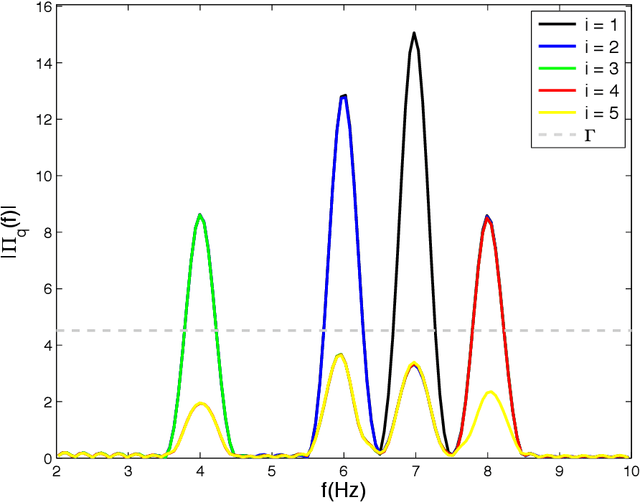Sandra Monzon
Blind Analysis of EGM Signals: Sparsity-Aware Formulation
Dec 31, 2012
Abstract:This technical note considers the problems of blind sparse learning and inference of electrogram (EGM) signals under atrial fibrillation (AF) conditions. First of all we introduce a mathematical model for the observed signals that takes into account the multiple foci typically appearing inside the heart during AF. Then we propose a reconstruction model based on a fixed dictionary and discuss several alternatives for choosing the dictionary. In order to obtain a sparse solution that takes into account the biological restrictions of the problem, a first alternative is using LASSO regularization followed by a post-processing stage that removes low amplitude coefficients violating the refractory period characteristic of cardiac cells. As an alternative we propose a novel regularization term, called cross products LASSO (CP-LASSO), that is able to incorporate the biological constraints directly into the optimization problem. Unfortunately, the resulting problem is non-convex, but we show how it can be solved efficiently in an approximated way making use of successive convex approximations (SCA). Finally, spectral analysis is performed on the clean activation sequence obtained from the sparse learning stage in order to estimate the number of latent foci and their frequencies. Simulations on synthetic and real data are provided to validate the proposed approach.
 Add to Chrome
Add to Chrome Add to Firefox
Add to Firefox Add to Edge
Add to Edge